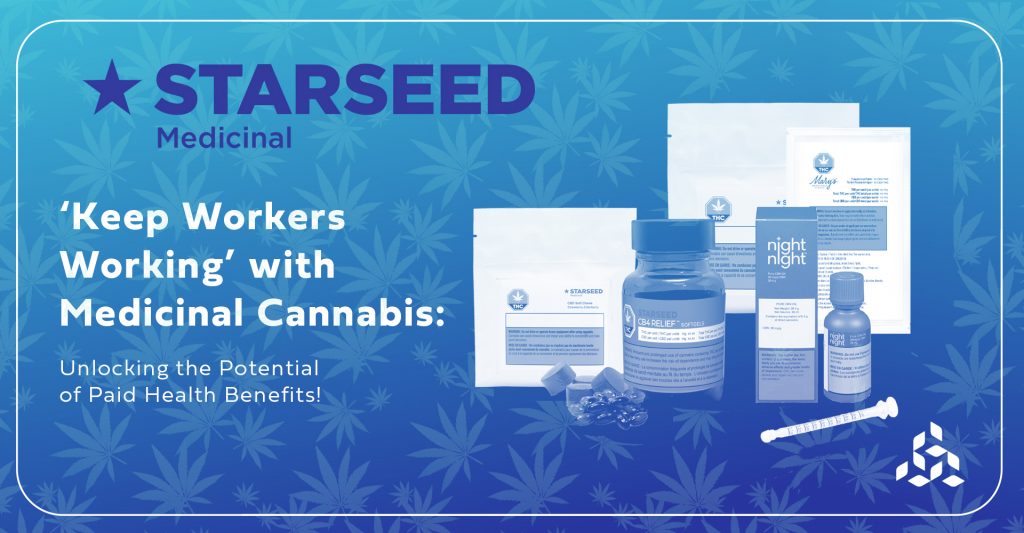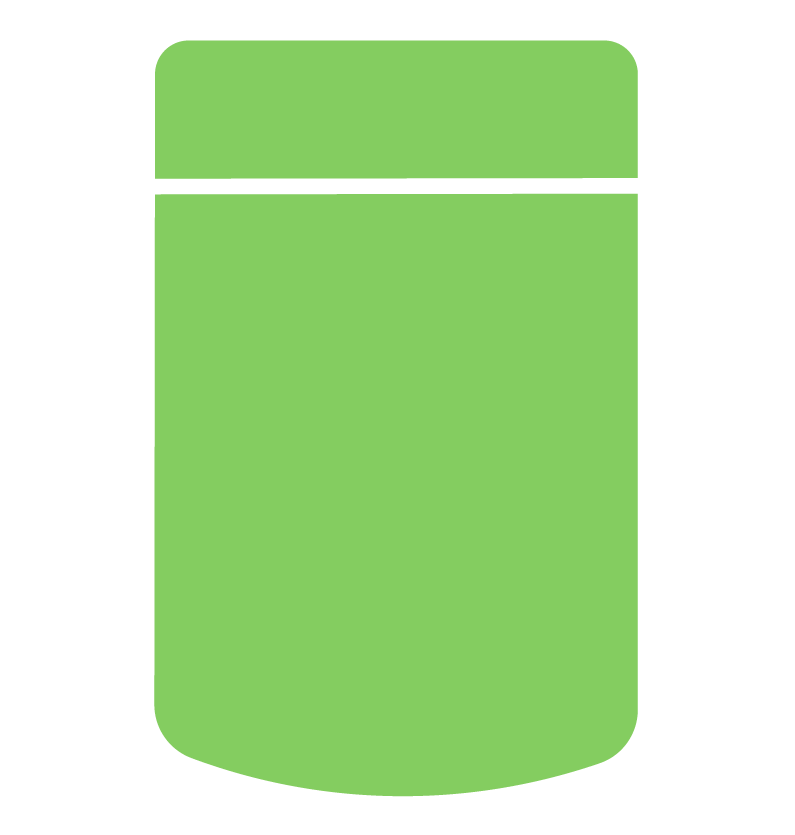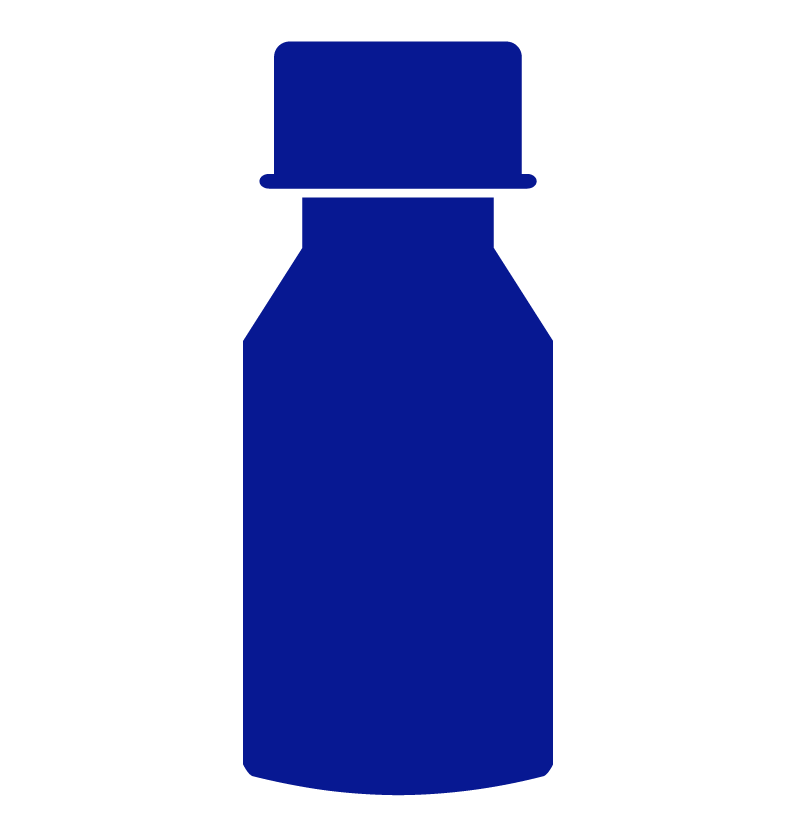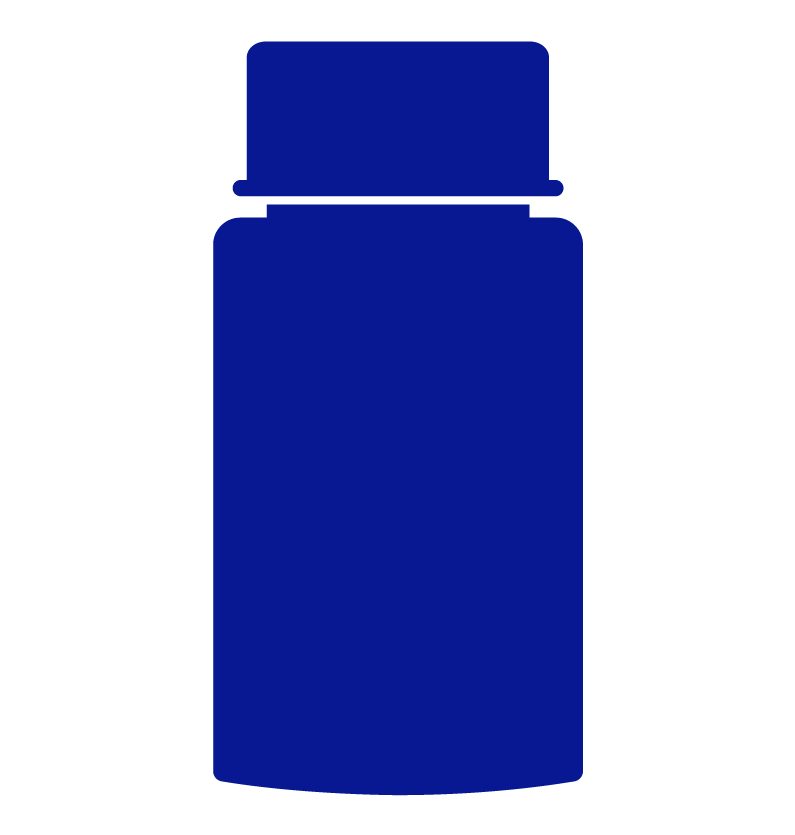Did you know one in five people suffer from chronic pain, which leaves many unable to work?
Chronic pain is causing a significant burden in Canada. In 2019, the total cost of chronic pain reached over $40 billion, including health care costs and lost productivity. Health Canada projects that between 2019 and 2030, the number of people with chronic pain will rise by 17.5%, primarily because of population growth and aging. During this period, an increase in costs by 36% is anticipated.1
People living with pain in Canada face barriers to accessing care, employment support, and other essential services. Medicinal cannabis, when used responsibly and under medical supervision, has shown promise in enhancing the quality of life and fostering overall well-being.2 By offering this as a paid health benefit, a supportive environment is created where employees can focus on their professional endeavours minimizing disruptions stemming from health concerns.
At Starseed, our aim is to ‘Keep Workers Working,’ which involves raising awareness about the potential benefits of medicinal cannabis to manage certain chronic conditions and enhance overall health. With the primary goal of reducing stigma, promoting education, and advocating for accessible medicinal cannabis.
Integrating medicinal cannabis into a Company’s health benefit plan provides employees with accessible and affordable treatment options. Recent research has also suggested access to medicinal cannabis through employee health benefits can have a positive impact on workplace attendance and productivity.3 When employees have access to effective pain management and stress relief, they are more likely to stay engaged, motivated, and committed to their roles, ultimately contributing to a more vibrant and successful work environment.
What actions can be taken? As we champion medicinal cannabis coverage, let’s work together with policymakers, HR professionals, and healthcare experts to ensure a progressive approach to medicinal cannabis coverage.
At Starseed, we are committed to offering in-depth education about our medicinal cannabis program, with a responsible approach to its integration within a health benefit plan. For more information, please feel free to reach out to partners@starseed.com.
Together, we can unlock the potential of medicinal cannabis to ‘Keep Workers Working’ and build a healthier, more resilient workforce for the future.





